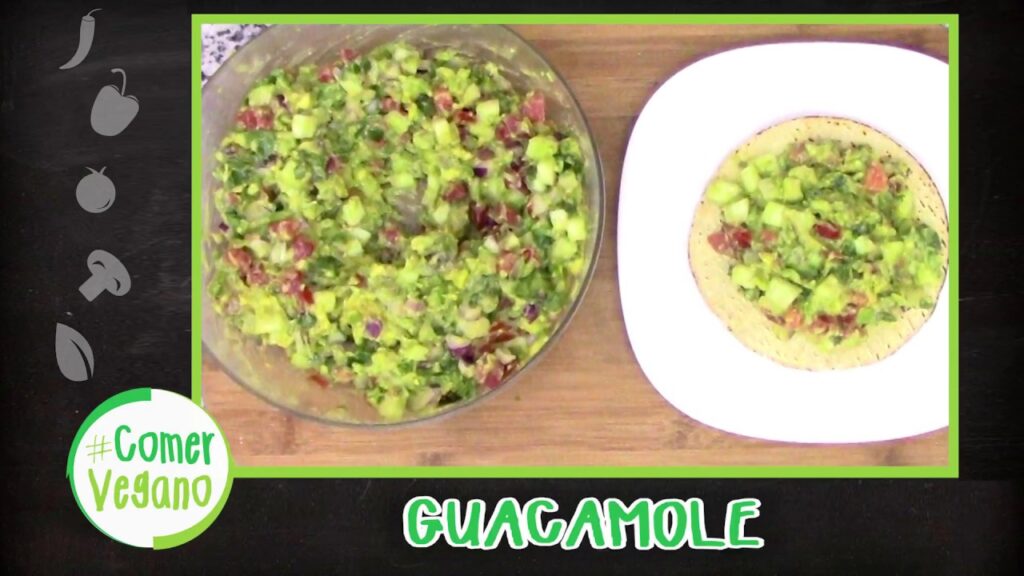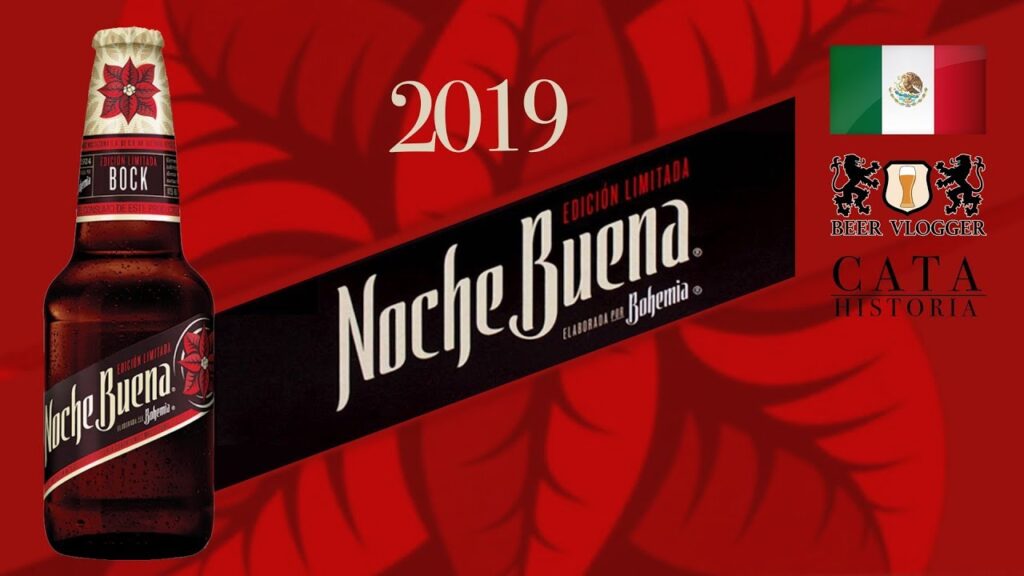Discover the Magic of Mexico’s Guacamole
Embarking on a culinary adventure in Mexico is not complete without tasting the authentic flavors of traditional guacamole. This iconic dish is not just a side or a dip, it’s a cultural artifact, embodying the rich history and diversity of the region it hails from. Its simplicity belies a complex blend of ingredients and flavors that have been perfected over centuries.
The essential ingredient in guacamole is the avocado. Not just any avocado, but the Hass variety, which is native to Mexico and known for its creamy texture and rich taste. In the heart of Mexico, where avocados grow abundantly, locals have mastered the art of selecting the ripest avocados, ensuring the best-quality guacamole.
What makes Mexican guacamole truly stand out is the delicate balance of its ingredients. Freshly squeezed lime juice, chopped onions, coriander, green chili, and a pinch of salt are the most common components that, when mixed with the avocado, create a flavor sensation. It’s the passion for fresh and simple ingredients that turns a good guacamole into a great one.
As you travel through Mexico, you’ll find that each region puts its own twist on guacamole. In some areas, you might discover an addition of ripe tomatoes, while in others, a sprinkle of pomegranate seeds adds a surprising burst of flavor. This versatility is a testament to guacamole’s place in the heart of Mexican cuisine.
TasteAtlas Ranks Guacamole as the World’s Second-Best Vegan Dish
Recent accolades have been awarded to one of Mexico’s most beloved culinary exports – guacamole. TasteAtlas, a renowned global food database and authority on gastronomic rankings, has placed this vibrant and flavorful dish in high esteem by ranking it as the world’s second-best vegan dish. Celebrated for its simplicity, versatility, and the rich palette of flavors it brings to the table, guacamole has transcended borders to become a worldwide sensation. Its traditional recipe, combining ripe avocados, fresh cilantro, onion, tomatoes, chili peppers, and a spritz of lime juice, creates a harmonious blend that appeals to diverse palates and dietary preferences.
Guacamole’s rise to culinary stardom can be attributed to its deep roots in the heart of Mexican cuisine and culture. For centuries, the indigenous people of Mexico have understood the nutritional value and medicinal properties of the avocado. They have skillfully integrated this fruit into their gastronomy, with guacamole evolving as a staple at gatherings and celebrations. Its inclusion in TasteAtlas’s top rankings is not just a testament to its popularity, but also an acknowledgment of how a dish can capture the essence of its origin while resonating globally with both vegetarians and non-vegetarians alike.
The preparation of guacamole is an art in itself, with each region in Mexico offering its unique twist. Nonetheless, the basic recipe remains a canvas for culinary creativity, allowing chefs and home cooks around the world to infuse their personal flair. Whether served as a dip, a condiment, or a standalone appetizer, it’s the freshness of the ingredients that makes guacamole an irresistible vegan choice. Its international acclaim by TasteAtlas highlights the growing appreciation for plant-based dishes that do not compromise on taste or cultural authenticity.
The Origins and Traditions of Mexican Guacamole
Guacamole is a vibrant and flavorful dish with deep roots in Mexican culture, tracing back to the time of the Aztecs who ruled the land that is now modern Mexico. The name “guacamole” itself derives from the Nahuatl words “ahuacatl” (avocado) and “mole” (sauce), indicating its indigenous origins. This traditional concoction was originally made by mashing ripe avocados with a molcajete—a stone mortar and pestle—and adding a sprinkle of sea salt.
The Aztecs believed the avocado to be a fertility booster, and guacamole was regarded as a delicacy. With the Spanish conquest in the 16th century, guacamole began to evolve as it was embraced by new cultures. Tomatoes, onions, and cilantro, now typical ingredients in guacamole, were introduced by the Spaniards, blending the New World’s flavors with those of the Old World.
Through the ages, guacamole has become a symbolic dish in Mexican festivities and traditions, especially during celebrations like Cinco de Mayo and Día de los Muertos. Families and friends gather around tables laden with tortilla chips, tacos, and, of course, bowls of fresh guacamole, often using recipes passed down through generations. The dish is not only a treat for the palate but also a tribute to Mexican heritage.
Beyond its cultural significance, the preparation of guacamole itself has become a traditional practice and a way of bringing people together. A common sight in Mexican kitchens is the careful selection of avocados at the peak of ripeness, a ritual that ensures the perfect taste and texture for the guacamole. From the careful chopping of onions, cilantro, and chili to the final squeeze of lime juice, each step of the recipe is imbued with tradition and the communal spirit of Mexican cuisine.
“`html
How to Make Authentic Mexican Guacamole
Making authentic Mexican guacamole is an art that combines simplicity with fresh, quality ingredients. It starts with ripe Hass avocados, known for their creamy texture and rich flavor. Ensure the avocados are slightly soft to the touch, signifying ripeness. Cut the avocados in half, remove the pit, and scoop out the flesh into a traditional molcajete or a mixing bowl.
The next step is to add finely chopped white onion for a crunchy contrast. Follow this with chopped roma tomatoes, making sure to remove the seeds to prevent the guacamole from becoming too watery. Add a generous amount of chopped fresh cilantro for its distinctive aroma and a squeeze of fresh lime juice not only for its tangy flavor but also to keep the guacamole from browning.
Season your guacamole with salt and optionally, some finely chopped jalapeño pepper for heat. It’s important to taste as you go, adjusting the lime and salt to your preference. Finally, gently fold all the ingredients together to achieve a slightly chunky texture, which is characteristic of authentic Mexican guacamole. Serve immediately with a side of warm, crunchy totopos (corn chips), and enjoy this classic Mexican delicacy that perfectly complements any meal or occasion.
“`
Remember that as a web blogger, you would be writing the text content outside of the `` tags; they’re used in this environment to display the HTML without rendering. In your actual HTML file, you would not include these tags, and just write the given HTML as it is.



